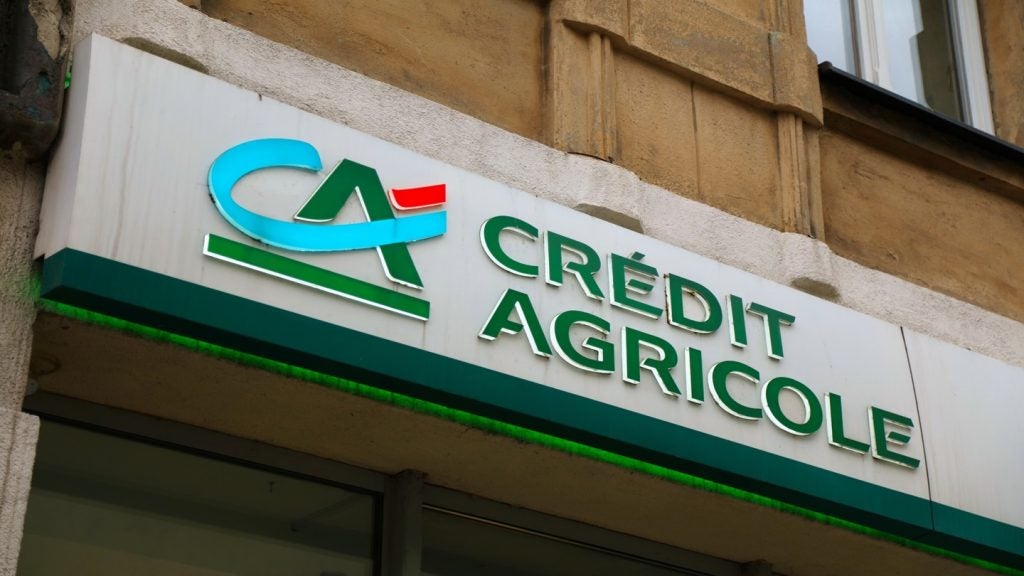Nedbank is to implement FICO’s
Model Builder tool across its retail business to develop predictive
models, including models needed for compliance with Basel
regulations. Douglas Blakey speaks with John Linfield, head of the
retail credit lab at Nedbank, about how the tool will simplify
audit and governance processes.
Nedbank, the smallest of South
Africa’s Big Four banks and the weakest in terms of retail market
share, has gone live with FICO Model Builder 7.1 software modelling
solution.
The deployment will help Nedbank to
develop predictive analytical models across its retail banking
business that can ensure it manages its risk profile and loan
decisions more easily, while complying with the Basel II and
incoming Basel III capital adequacy regulations.
Nedbank will use the scorecard
development tool to:
- set up bespoke model
development flows for different business units and
subsidiaries; - facilitate and simplify the
audit and governance process for Basel II models; - reduce model deployment
costs, - and shorten time-to-value
and improve model ROI.
Nedbank has worked extensively with
PIC Solutions, FICO’s partner in South Africa, which uses Model
Builder to develop scorecards. As part of the current agreement,
FICO will supply training to Nedbank personnel.
John Linfield, head of the Retail
Credit Lab for Nedbank, told RBI: “We seek to be world
class at managing risk, and the scorecard development process was
an area where we identified the need for investment.”
Linfield said that Nedbank
developed an initiative, internally called the Smart
Programme, to drive improvements in the bank’s data quality.
Critically, Nedbank had to ensure that there was a very
thorough audit trail, so that an external party could track and
replicate the model.
Nedbank embarked on an exhaustive
evaluation process to assess what tools were available in the
market to meet the requirements of its developers and to facilitate
and simplify the audit and governance process for the Basel II
models.
Requests for proposals were sent
out to four vendors in February 2010. Three of the four vendor
solutions made it to the shortlist as one of the proposals would
have required too much adjustment and was regarded as
unsuitable.
“We have a mixture of decision
engine systems, generally supplied by Experian and FICO.
“There were some advantages with
the proposals from both FICO and Experian. On the FICO side, their
offering fitted in well with the Debt Manager 8 system that we
use.”
But it was the audit trail on the
FICO proposal that swung it decisively ahead of the competing
tenders.
“There was an ability in the
graphical interface to rewind back to previous versions – so that
was definitely a strength of the FICO system. The support element
of the FICO offering was also important to us.
“We are confident that with FICO
Model Builder we have an unmatched combination of modelling power
and ease of use that will provide the best modelling tool available
for a sophisticated analytics team like ours, while simplifying the
audit and validation process.
“There were things that we wanted
to do in our scorecard development that would have needed two or
three software packages from the other vendors, so that made them
more expensive than the FICO offer. Model Builder 7 catered for the
full requirements for our group of developers.”
Other parts of the Nedbank retail
group, such as marketing analytics, will continue to use software
from SAS.
“My team have always used SAS and
are competent in the use of SAS for tasks such as data exploration
and initial data extraction.”
But once Nedbank is engaged in
parts of the process covered by the governance review it said it
needs to deploy Model Builder 7 so that it can meet the audit trail
requirements.
Linfield said Model Builder would
improve and streamline the scorecard development process.
“Our standard model development
time is five to six months. I believe that we can now
look to halve that time.”
With models turning over quickly
and having a shelf-life of only two to three years, there will be a
real benefit by reducing the time to model development.
“This will offer a real impairment
charge benefit,” concluded Linfield.
Mike Gordon, FICO vice-president
and managing director for EMEA, said: “We have made FICO Model
Builder 7.1 a dynamic, interactive and user-friendly system, so
that modelling teams like Nedbank’s can accelerate model
development and deployment.”
FICO announced the launch of
version 7.1 of the Model Builder tool on 4 January.
FICO has estimated that delays in
model deployment can reach $50,000 per month in opportunity costs,
on top of the considerable expense of recoding and retesting
models, derived variables and segmentation logic.
UK-headquartered insurer Old Mutual
remains the majority owner of Nedbank with a 51% stake.
Nedbank posted an operating profit
of ZAR4.9bn ($702.7m) for fiscal 2010, up 14.5% year-on-year.
Nedbank’s retail unit returned to the black, with headline earnings
of ZAR760m, following a loss of ZAR27m in the prior year.
The retail credit loss ratio
improved to 2.67% from 3.17% in 2009. Nedbank’s defaulted portfolio
in retail home loans remained high, falling less than 2 percentage
points to 10.5%. Nedbank ended 2010 with a full service branch
network of 452 units, up a net 14 outlets during the year.
Increasing Nedbank’s current retail
banking cross-sell metrics remains a key priority for the lender.
In the mass market, it currently has a cross-sell ratio of 1.8
products per person; by 2020, it has targeted 3.0 products per
person. In the affluent segment, it is looking to increase the
ratio from 2.4 to 4.0 products per person in the same period.
Nedbank’s current retail banking
market shares rank fourth by most measures. It has a 17% market
share for home loans (Absa ranks first with 31.1%); in auto loans
and personal retail loans, Nedbank has market shares of 10% and
11.6% respectively.
Absa’s respective market shares are 35.8% and 33.8%. Nedbank
does however punch above its weight in terms of retail deposits
market share. It ended 2010 with a market share of 19.8%. Absa had
a share of 27.9% while First National and Standard Bank’s shares
were 22.9% and 21.0% respectively.







